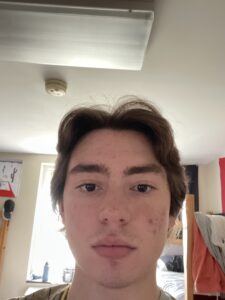THE TEAM
| Emma Van Cleef | Kaley Snarr | Jack Nogales | Eva Drotch | Kyle Rosensweig |
| Emma is from Pennington, New Jersey and is a junior at Lafayette College. She is a Women and Gender Studies major and a Psychology minor at Lafayette. Emma enjoys her summers at the beach, spending time with family and friends, and playing with her dogs! | Kaley is a sophomore at Lafayette majoring in economics and psychology. She is also on the women’s swim team and enjoys spending time with her family and friends. | Jack is from Rhinebeck, NY, and an Econ major at Lafayette. Jack is an Aquarius, likes to row, and play with his corgi, Ted. | Eva is from Westborough, MA and is a freshman at Lafayette College. She is a chemical engineering major and loves spending time outdoors with her dog, family, and friends! | Kyle is from Newton, MA and is a freshman at Lafayette College. He is a civil engineering major enjoys playing basketball and works construction when he is not at school. |
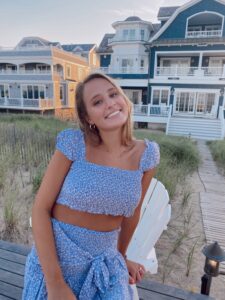 |
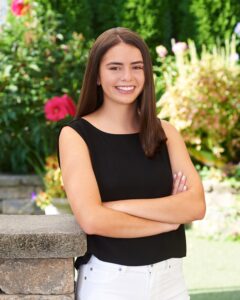 |
|
 |
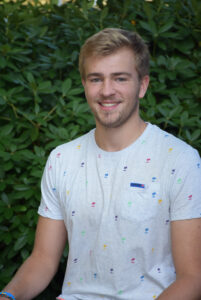 |
THE PROBLEM
The problem our team chose to solve was creating a better grocery store experience for college students. College students face several issues when having to go to the grocery store, especially regarding convenience and affordability. Many college students have a busy schedule, are on a budget, and do not much have access to transportation.
We identified our problem by our team speaking to several college students from different backgrounds about the problems they face with their grocery store experience. After analyzing their responses, we narrowed down the issues we thought college students face the most with their grocery store experience.
Our team chose to design for college students who do not have a quality grocery store experience due to the several issues they face as college students. We understand the challenges of going to the grocery store as a college student, and thought we could come up with a solution that would not only help us, but our fellow college students.
Our team also had to think about who we are not designing for people. We decided to not design for people who do not identify as college students. Although our solution may help other people, our main focus is to better the grocery store experience for college students as a whole. No measures for intentional inclusivity were taken because we felt that we interviewed college students from a wide range of backgrounds that adequately provided us answers to the main issues the average college student faces with their grocery store experience. By doing this, we are excluding anyone who is not currently a college student. One risk of this approach is that we assume we are designing for people who are technologically advanced; therefore, excluding those who may not understand technology as well, such as, older people, people without access to technology, etc.
We narrowed down our problem using the table below. We focused on the user needs we collected, and the order college students prioritize them in.
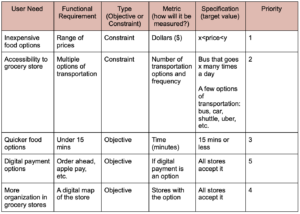
From the table above, we came up with solutions and compared how they satisfy the user needs. The idea of creating an app that scans barcodes of items was the most successful in the satisfaction of user needs.

OUR DESIGN PERSONA
Below is our design persona that helped us address the problem. We included wants and needs from college students as well as frustrations college students may face with their grocery store experience.
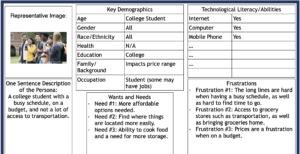
THE SOLUTION
Our final solution is an app that scans items barcodes. We decided to create an app as our final solution so that college students with busy schedules did not have to wait in long lines at the grocery store.
Below is a flow chart explaining how the app reduces time spent at the grocery store by not waiting in check-out lines. On the right, there are people spending between 20-25 minutes exiting the store because they are waiting in lines. On the left, people using the app are able to leave in about three minutes.
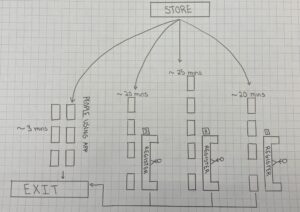
PROTOTYPE AND TESTING
Our team produced two prototypes to give us feedback on better our final solution. Our goal was to create an app that was easy, organized, and straightforward to use.
Below is chart that briefly explains the four components of the prototyping process that our team followed.
| Frame | Build | Test | Act |
| For this component of the prototyping process, we generated our purpose for both the prototypes. Our main purpose for both was to test the usability of the app. We then produced our desired outcome for both prototypes, which was to evaluate the organization for the first prototype and to increase the ease of the app for the second by using the feedback we got from the first prototype. Finally, we generated our focus of both prototypes, hoping to test the usability for the first prototype and redesign some functions of the app for the second. | For this component of the prototyping process, we wanted to generate what we wanted to build for the prototypes, and our plan for how we were going to build the prototypes. The first prototype was built using paper and markers, hoping to show the flow of the app. For the second prototype, we hoped to show a more in-depth idea of the app, by deciding to create the second prototype on the website Proto.io. | For this component of the prototyping process, we generated a test plan and then the data that we hoped to collect from the testing of both prototypes. For the first prototype, we hoped to gain feedback from our classmates and engineering faculty on what they did and did not understand about the app, as well as how to improve the usability of the app. For the second prototype, we hoped to gain insight from our classmates and senior design students by having them interact with a virtual prototype. We hoped to collect observations about what challenges the users commonly ran into. | For this component of the prototyping process, we received insights on both prototypes, as well as generated conclusions from these insights. We then evaluated both prototypes, scoring the prototyping effort and success of both prototypes. Finally, we decided if further testing was needed, and what changes would be made for the next (possible) prototype. |
PROTOTYPE #1
Our first prototype was created using paper and markers. Each page represented what our app would look like as a whole. Through this prototype, we wanted to test the visibility, the flow, and the design of our app.
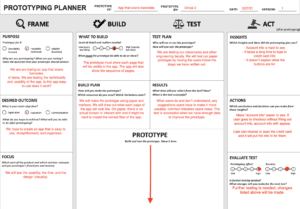
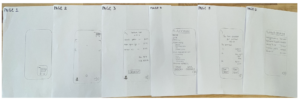
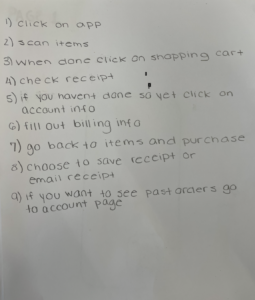
PROTOYPE #2
For our second prototype we used a website called Proto.io to test the usability of our app. We hoped to make our app experience for our user easier through the feedback we received from our first prototype. We decided to use this website to show a more indepth idea of what our app would actually look like.
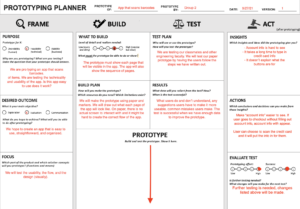
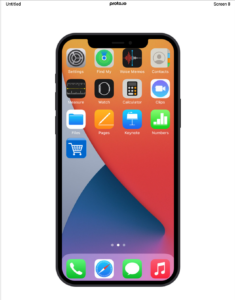
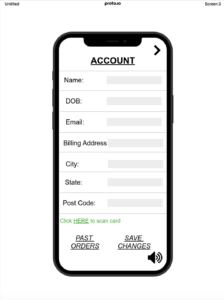
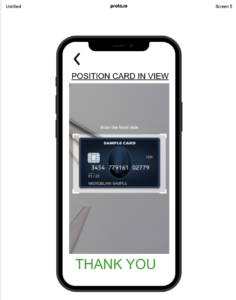
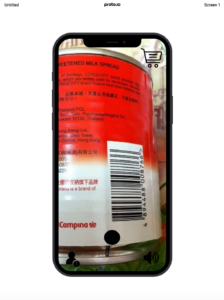
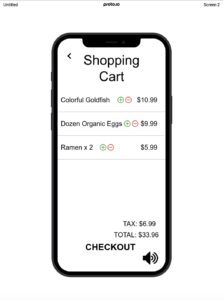
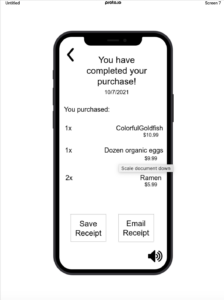
THE DESIGN PROCESS
What went well in our team’s design process:
Our team was able to communicate and bounce our ideas off each other successfully to identify a problem and create a solution that our target market would be able to and want to use. By testing our prototype with people that would be using this app we were able to create a design that appeals to consumers and will hopefully be easy to use.
Challenges that our team faced when designing:
Without creating a functioning app, it was hard for our team to really test the movements throughout the app and see how easily accessible it would be for consumers to use. The prototype required imagination to fully understand how our app worked.
Changes/improvements our team would make in our design process in the future:
In the future it may be beneficial to create a functioning app that would allow for consumers to move throughout the screens in the easiest way possible. Another change in our design process that would be beneficial is the expansion of our sample size during our first, initial sample from the population. Finally, we could generate more prototypes to gain more insights and feedback on our solution.
